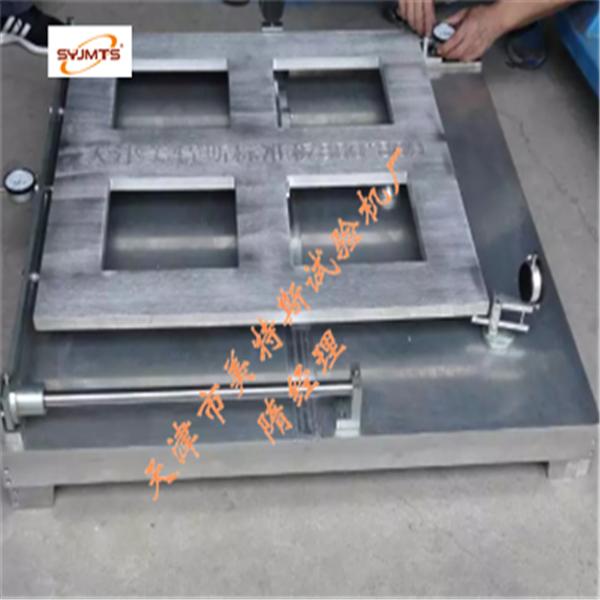Ceramic Tile Analyzer Comprehensive Operation Instructions for Measuring Ceramic Tile Flatness, Straight Angle, and Straightness MTSY-2 Model Ceramic Tile Analyzer Overview 1. Scope of Application: This instrument is specifically designed to measure the straightness, straight angle, and flatness of ceramic tiles. It complies with the national standard GB/T 3810.2-2006, which is equivalent to ISO 10545-2-1995 titled "Ceramic Tiles - Inspection of Size and Surface Quality." 2. Definitions of Straightness, Straight Angle, and Flatness: (1) Edge Straightness: This refers to the deviation of the center of a tile's edge from a straight line within the plane of the tile. It is expressed as a percentage and calculated using the formula: C / L × 100% Where C is the deviation of the center of the measuring edge from the straight line, and L is the length of the measuring side. (2) Straight Angle: This measures how much a corner of the tile deviates from a standard right angle. The calculation is done by placing the tile’s corner against a calibrated square plate and measuring the deviation at a distance of 5 mm from the corner. The result is also expressed as a percentage: δ / L × 100% Here, δ represents the deviation between the measured edge and the corresponding edge of the standard plate at 5 mm from the corner, and L is the length of the adjacent sides of the tile. (3) Surface Flatness: This is determined by measuring three points on the tile's surface. The central curvature is expressed as a percentage of the diagonal length, while the edge curvature is given as a percentage of the length or width for rectangular tiles and as a percentage of the side length for square tiles. Warping is also expressed as a percentage of the diagonal length. Ceramic Tile Analyzer Main Technical Parameters 1. Measurement Range: 60×60 mm to 1000×1000 mm; 2. Measurement Accuracy: Error ≤ 0.1 mm; 3. Recording Method: Dial Indicator. Ceramic Tile Analyzer Detection Steps Each type of tile should be tested using 10 samples. 1. Detection of Straightness and Straight Angle: Place the tile on the three support pins of the instrument. Position the pin close to the measured edge, ensuring that the distance from each corner of the edge is 5 mm. Adjust the straight meter's measuring rod to the center of the measured side, and set the dial gauge to 5 mm from the corner. Place the appropriate standard plate at the measurement position and adjust the gauge reading to an initial value. Remove the standard plate and place the tile properly on the instrument. Record the readings at the center and 5 mm from the corner. For square tiles, rotate the sample to take four measurements. Repeat this process for each tile. For rectangular tiles, measure the straightness and straight angle of both the long and short sides separately. All measurements are accurate to 0.1 mm. 2. Detection of Flatness: Position the standard plate accurately on the three support pins, ensuring that the distance from the center of each support pin to the tile edge is 10 mm. Adjust the center bending gauge so that its contact point is in the middle of the tile, and set the warping gauge to an initial value at a distance of 10 mm from the edge. Remove the standard plate and place the tile face down on the instrument. Record the readings from each gauge separately. For square tiles, take four measurements per sample and repeat the process for each tile. All measurements are accurate to 0.1 mm. Ceramic Tile Analyzer Precautions 1. When placing the sample or standard plate, handle it gently to avoid affecting the test results. 2. Ensure the instrument is placed on a stable and clean surface. Keep all parts of the device clean, and regularly wipe it with a small amount of oil to prevent rust. Ev Charging Solutions,Home Car Charger,Ev Charging Box,Ev Charging Home Stations EMoreShare International Trade (Suzhou) Co., Ltd , https://www.emoreshare.com
One,
Two,
Four,
Five,
Ceramic Tile Comprehensive Analyzer Image: 
July 25, 2025